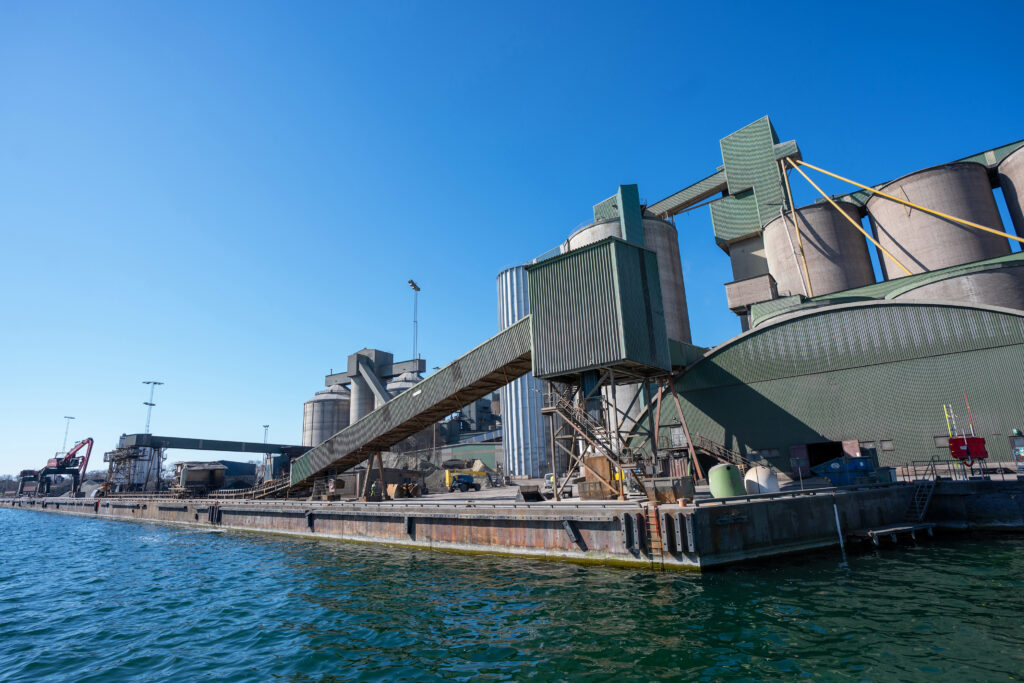
One step closer to a carbon capture plant in Sweden
The pilot study shows that a carbon capture plant at the cement factory in Slite on Gotland has the potential to be a carbon-positive project. In line with an increasing share of biofuel, the plant can capture and store more carbon dioxide than the factory emits, says Cementa in a press release. CCS possible in …

 Photo: HeidelbergCement AG
Photo: HeidelbergCement AG
